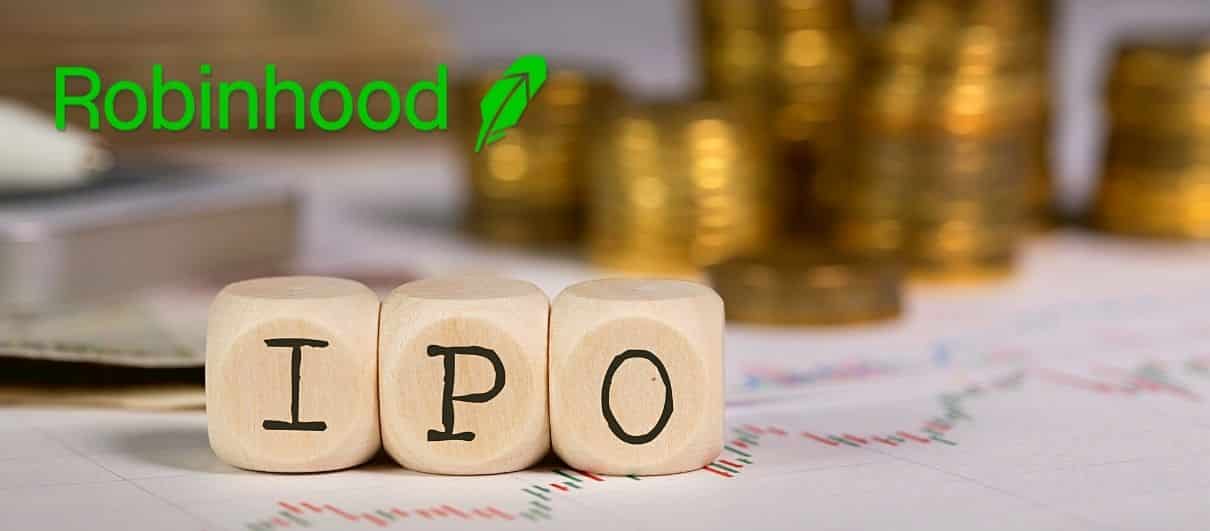On Wednesday night, Robinhood Markets Inc’s IPO was priced at the low end than the projected range, valuing the firm over double its initial valuation of $12 billion valuations. Robinhood HOOD, an investment platform mostly on mobile phones, will sell 55 million shares in the offering to fund at least $1.09 billion. After attempting to price the stock between $38 and $42, Robinhood settled on a $38 price, valuing the firm at $26.74 billion. Its shares are anticipated to begin trading at NASDAQ on Thursday morning under the ticker code HOOD.
The majority of the profits from the selling, which is about $1.89 billion, will be for the firm, while some will go to senior executives. Vlad Tenev, Chief Executive, and Baiju Bhatt, Chief Creative Officer, the company’s co-founders, contributed 1.25 million shares to the sale, while Jason Warnick, Chief Financial Officer, sold 125,000 shares.
Robinhood intends to set aside 20% to 35% of total shares for its app users to purchase at the given IPO price. Underwriters by JP Morgan and Goldman Sachs will get complete access to an extra 5.5 million shares, which, if sold, may increase the total raised.
The Menlo Park, Calif.-based firm, which was founded in 2013, has seen significant growth recently, which has been boosted by a flood of younger investors flocking to “meme stocks” and crypto coins like Dogecoin DOGEUSD, at the-0.36 percent. By the end of March, the number of users had more than doubled in the previous year, while income had more than quadrupled.
Robinhood sometimes struggles to keep up with its rapid expansion and the popularity of particular stocks. The company’s disclosures on a slew of litigation against it are six pages of its lengthy filing with the Securities and Exchange Commission; some stemmed from its January stop of trade in GameStop Corp. GME, -5.28 percent and other similar stocks.
Due to Robinhood’s emphasis on providing free trades, several established brokerages have adopted the same strategy, making them earn income through market makers who pay to execute Robinhood clients’ transactions rather than extracting fees from customers. Order flow payment accounted for up to 75% of the total revenue of Robinhood in 2020 and increased to 81 percent in the first quarter.
Those profits are witnessing a good rise. From 2019 to 2020, Robinhood’s sales increased by 254 percent, reaching over $1 billion. However, revenue growth slowed in the 2021 first quarter, when the meme-stock boom resulted in total sales of about $522.17 million in only three months, a 310 percent increase over the first quarter of 2020 and nearly twice as much as Robinhood made in the whole year of 2019.




